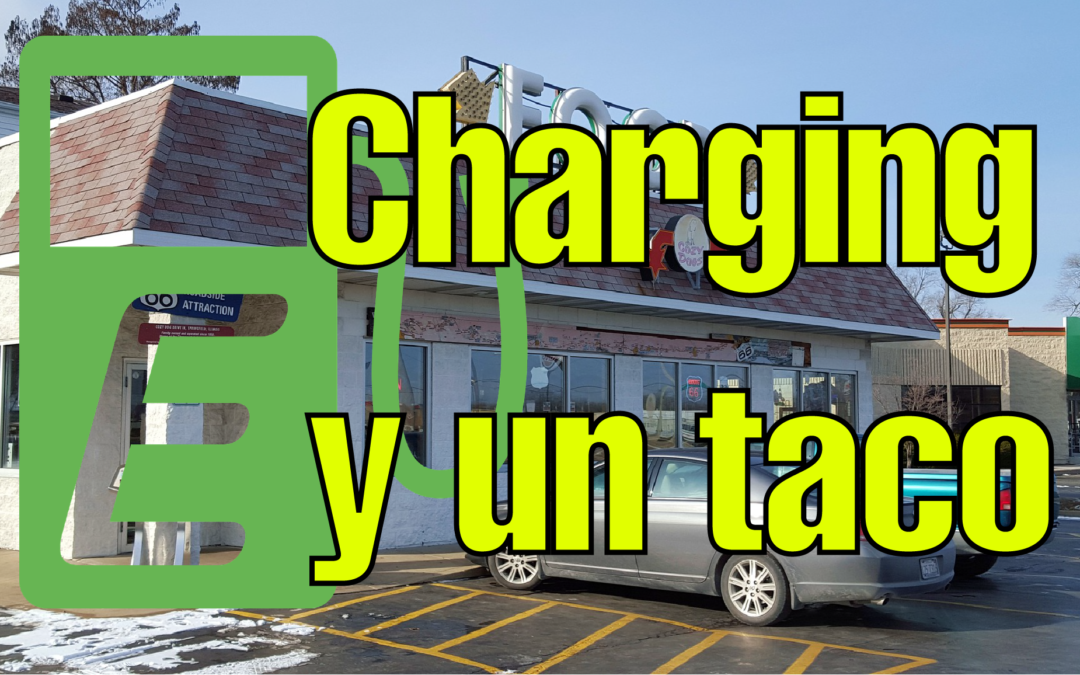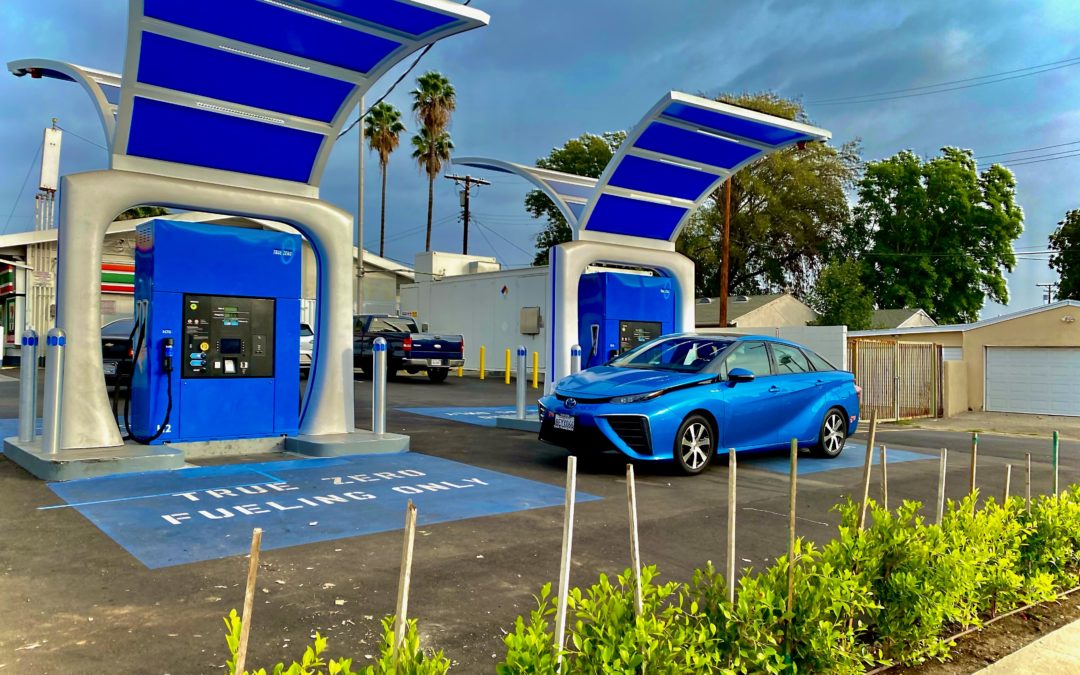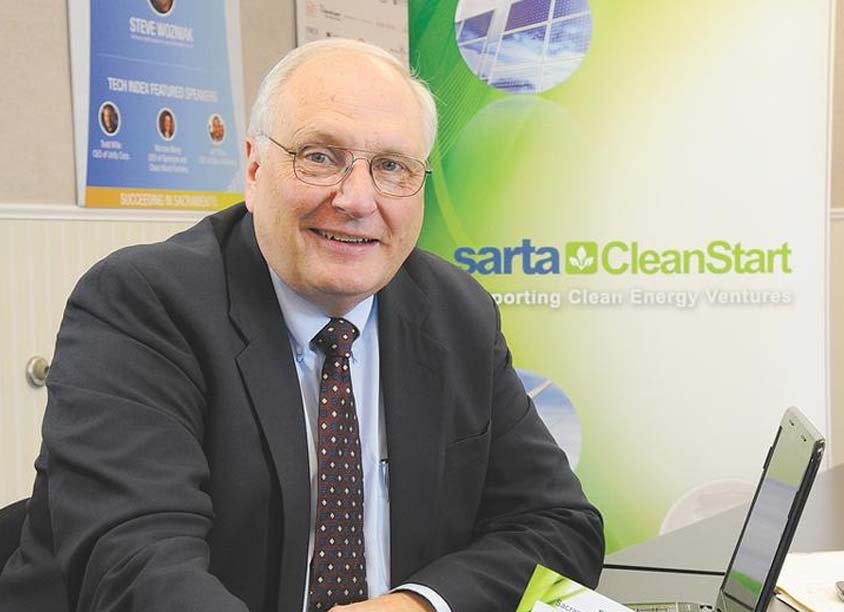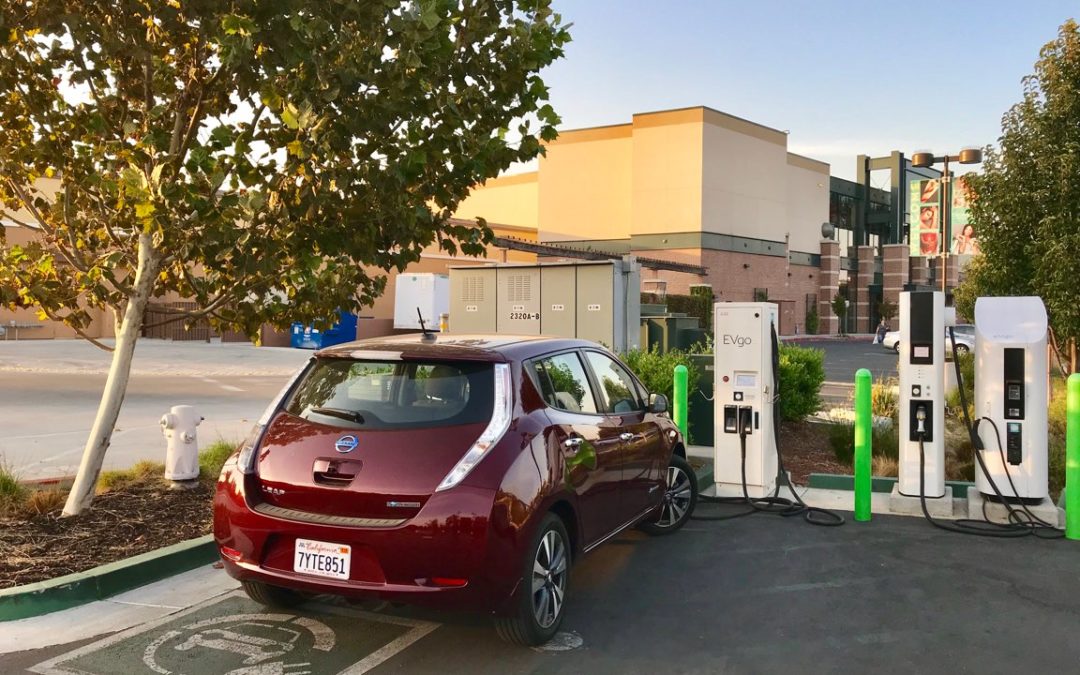
Yo Quiero Charging Ahora
One of the biggest questions facing the EV transition is how to find convenient charging. The CEC has highlighted how much we need, the practical question is “Where?” Will we charge at home? What about multi-unit dwellings? How about at work? How about charging at Taco Bell? ChargeNet, a California startup, just raised $6.2 million to put solar-powered charging stations at Taco Bells. The first one in San Francisco.
This is an exciting development of shared charging as a convenience service, being able to charge while you are getting other things done. Early on, I have advocated that existing businesses should see charging as an opportunity. I switched my shopping from Safeway to Raley’s based on the availability of EVgo’s fast charging. Charging at retail businesses mitigates the problem of “hogging” the charger at work or at an apartment building. People naturally come and go while shopping. Most don’t linger long.
Hey @raleys and @evgonetwork these fast chargers made me switch all my shopping from @Safeway pic.twitter.com/oxfn75wlSE
— Thomas Hall (@onethomashall) April 30, 2019
Common attacks on the availability of charging focus on its incompatibility with consumer habits and the adding the time needed to get a charge. We have written about the new technologies to cut the time needed to get a charge. These are expensive. But if you in effect spend no incremental time if you get a charge while you are doing other shopping, that avoids the issue. If businesses like Taco Bell and Raley’s see this as an opportunity to attract customers, then we will be able to charge at so many places availability is not an issue. It costs businesses something to do this, but maybe it’s more like a marketing expense.
In an interview with Will Barrett of ClipperCreek, he clearly summarized the value of on-site charging. “It is the cost of buying a cup of coffee… would you buy a cup of coffee to get a customer?” I assume the answer is yes, and in this case, would you buy them a Cheesy Gordita Crunch?
ABOUT THE AUTHOR
Thomas is the Executive Director of CleanStart. Thomas has a strong background in supporting small businesses, leadership, financial management and is proficient in working with nonprofits. He has a BS in Finance and a BA in Economics from California State University, Chico. Thomas has a passion for sustainability and a commitment to supporting non-profits in the region.
Sponsors




Weintraub | Tobin, Revrnt, Moss Adams, PowerSoft.biz, Greenberg Traurig





